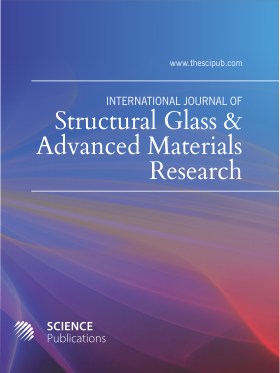Form to Fabrication
- 1 Anhalt University of Applied Sciences, Germany
Abstract
A creative idea is always constrained with lot of factors such as aesthetics, material, fabrication, tools etc. With the introduction of the digital and robotic fabrication, some constrains can be denied and at the same time some new constrains are added. In this study, we discuss how to prototype a creative idea with different fabrication approaches in the framework of student studio course. The student groups compare two different digital fabrication technics using robots. The task of the students is to design and fabricate a full-scale textile concrete furniture. In order to cast respectively laminate the concrete, students need to build a formwork. Free form designs are complex and strenuous work. For this reason, an industrial robot is used for the fabrication of these molds. Due to the limitations of the robot hardware and processes, not all the forms are feasible for fabrication. In this study the workflow, fabrication methods along with its limitations and the result of a full-scale textile reinforced concrete furniture are discussed.
DOI: https://doi.org/10.3844/sgamrsp.2020.82.96

- 3,494 Views
- 1,400 Downloads
- 0 Citations
Download
Keywords
- Freeform Design
- Curved Surfaces
- Mold
- Concrete Lamination
- Robotic Fabrication
